I enjoyed reading Hamza’s post on Andy Lomas’s Morphogenic Creations.
The project, according to Hamza, was on display at the LACDA on September 29th of this year.
This is Hamza’s original post:
I think this project is especially interesting, simply because it caught my eye extremely well. The way the form twitches and moves felt like it made sense, that it was natural, or at least based on natural phenomenon. I was listening to music at the time, and I was mesmerized by the movement and unnerved. However, I agree with Hamza that a big part of the allure is the space it creates between the “Cells”. That’s part of what makes it fit in my mind because we don’t tend to interpret shapes as much as we interpret the space between them and the spaces they shape.
![[OLD FALL 2017] 15-104 • Introduction to Computing for Creative Practice](../../../../wp-content/uploads/2020/08/stop-banner.png)
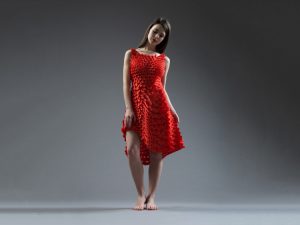
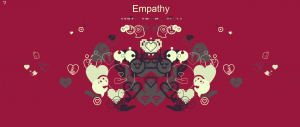
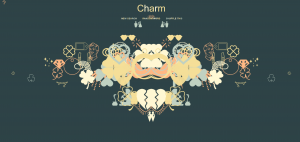



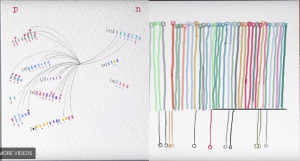
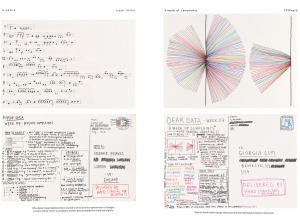
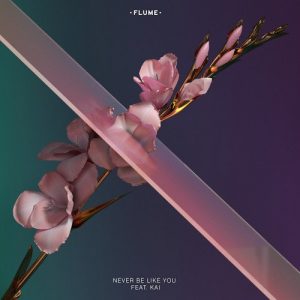
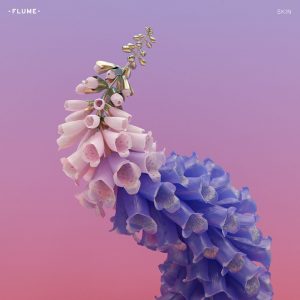

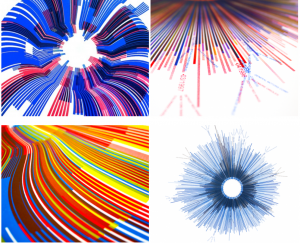 Marius Watz, “Arcs04-01” and “Arcs-04-01″
Marius Watz, “Arcs04-01” and “Arcs-04-01″